 PREV
NEXT
PREV
NEXT
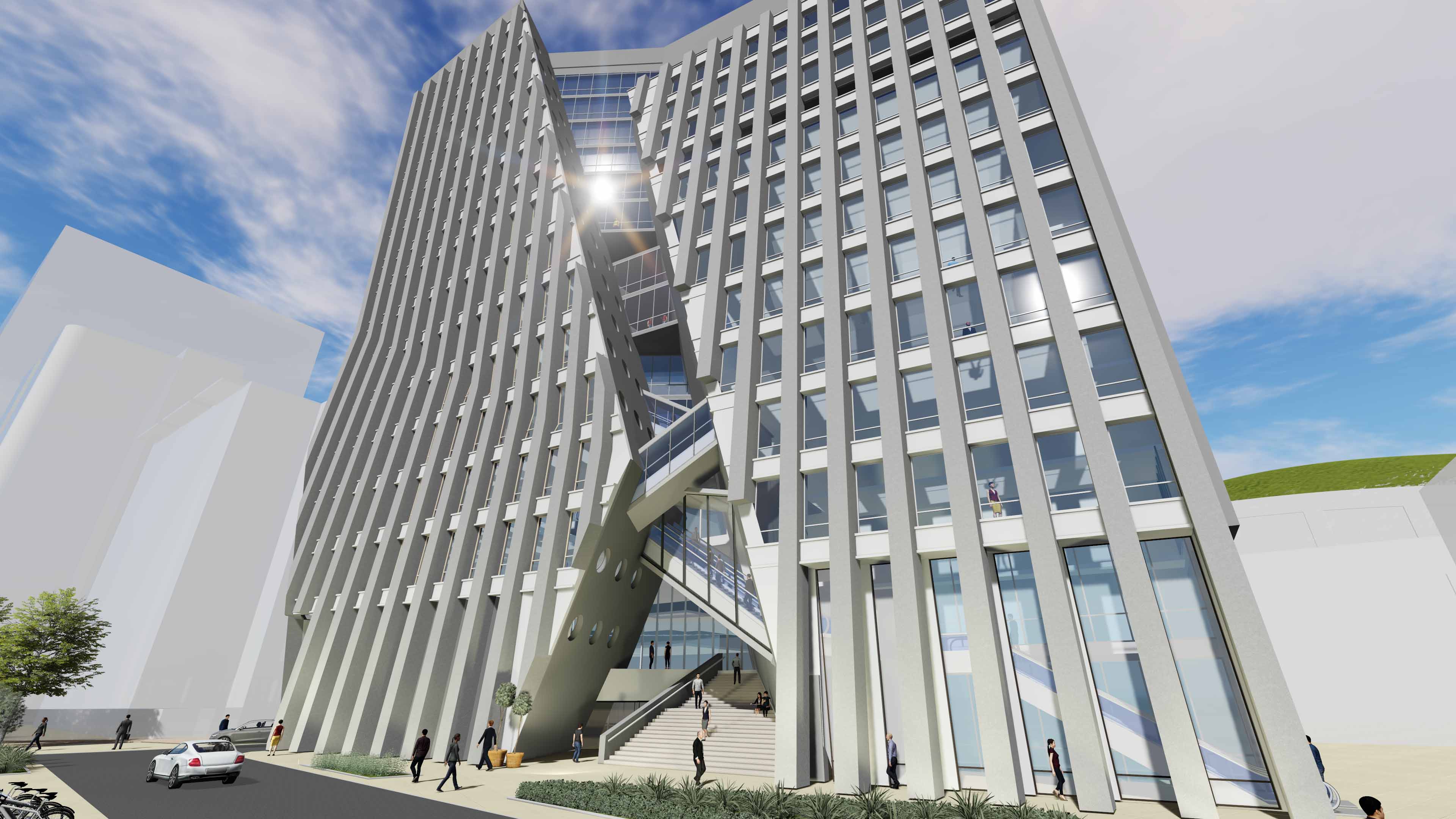
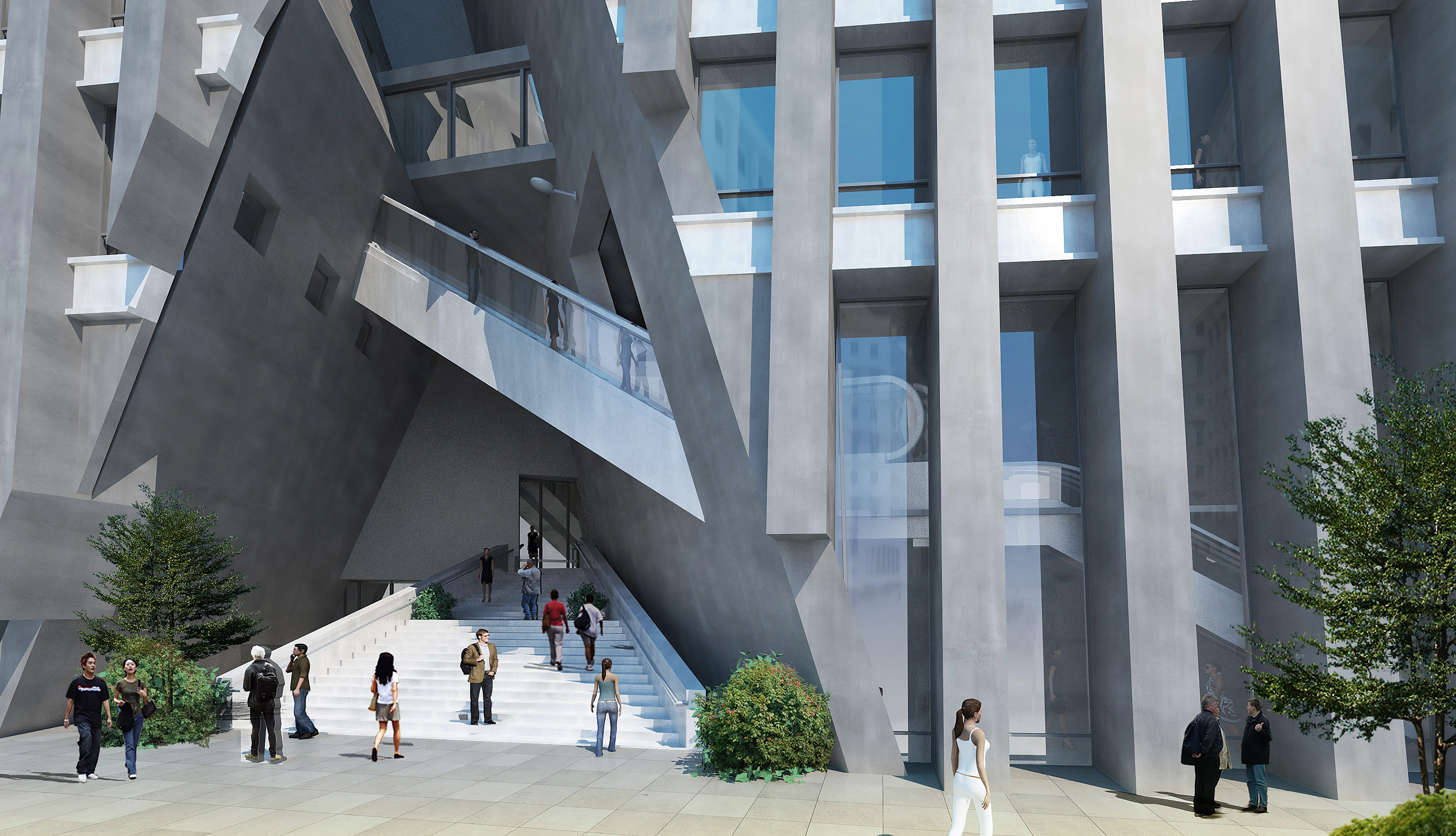
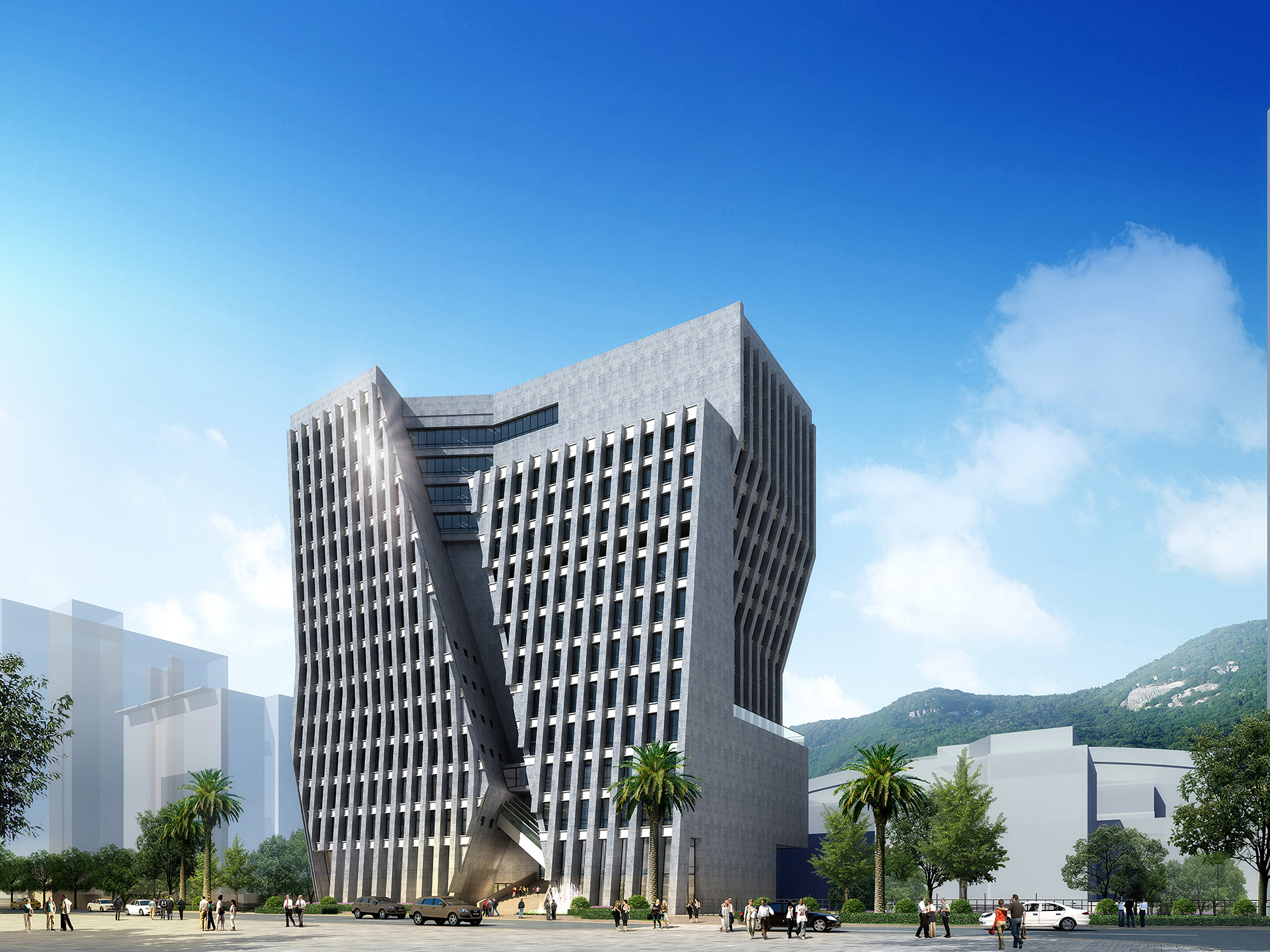
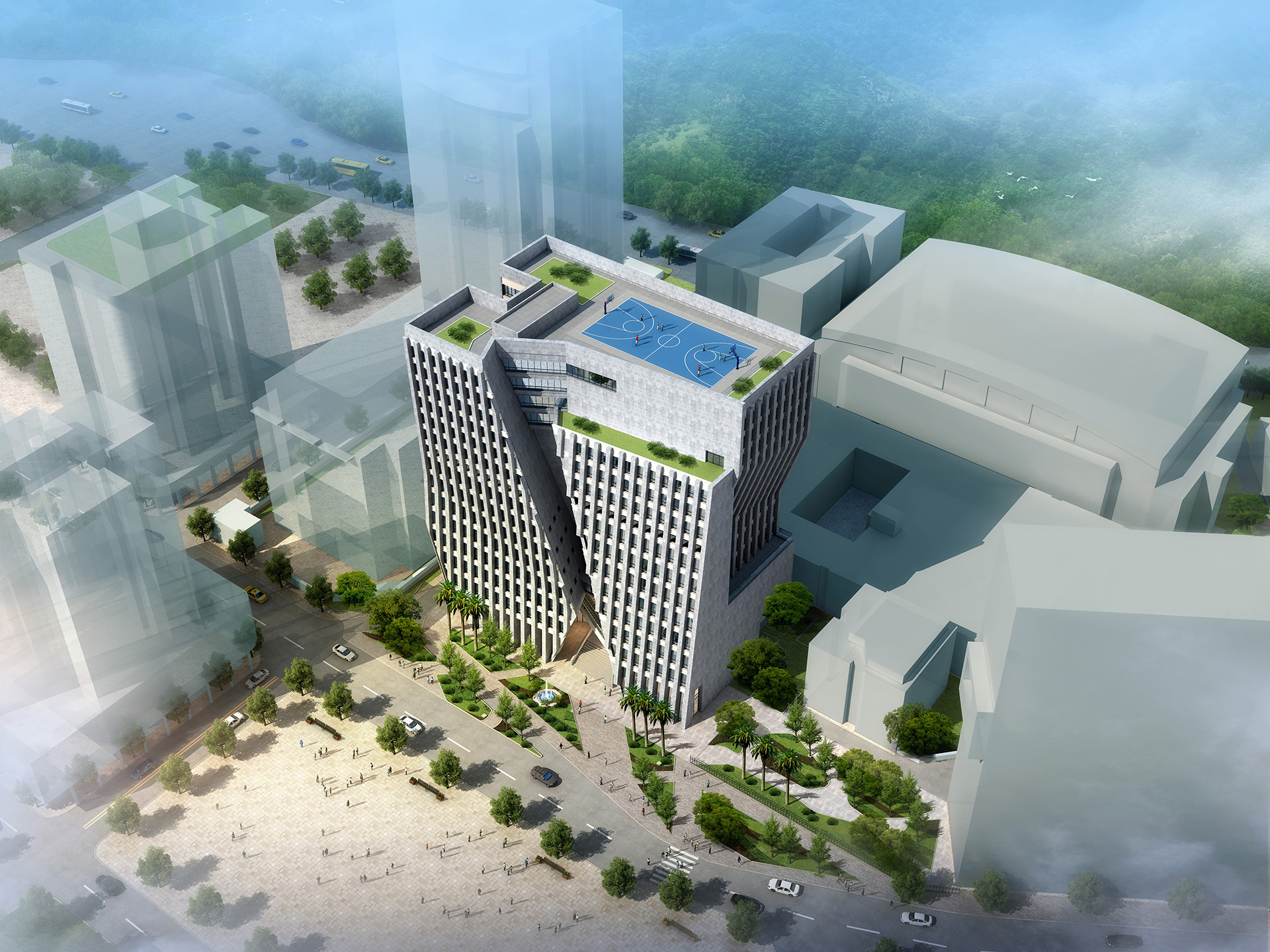
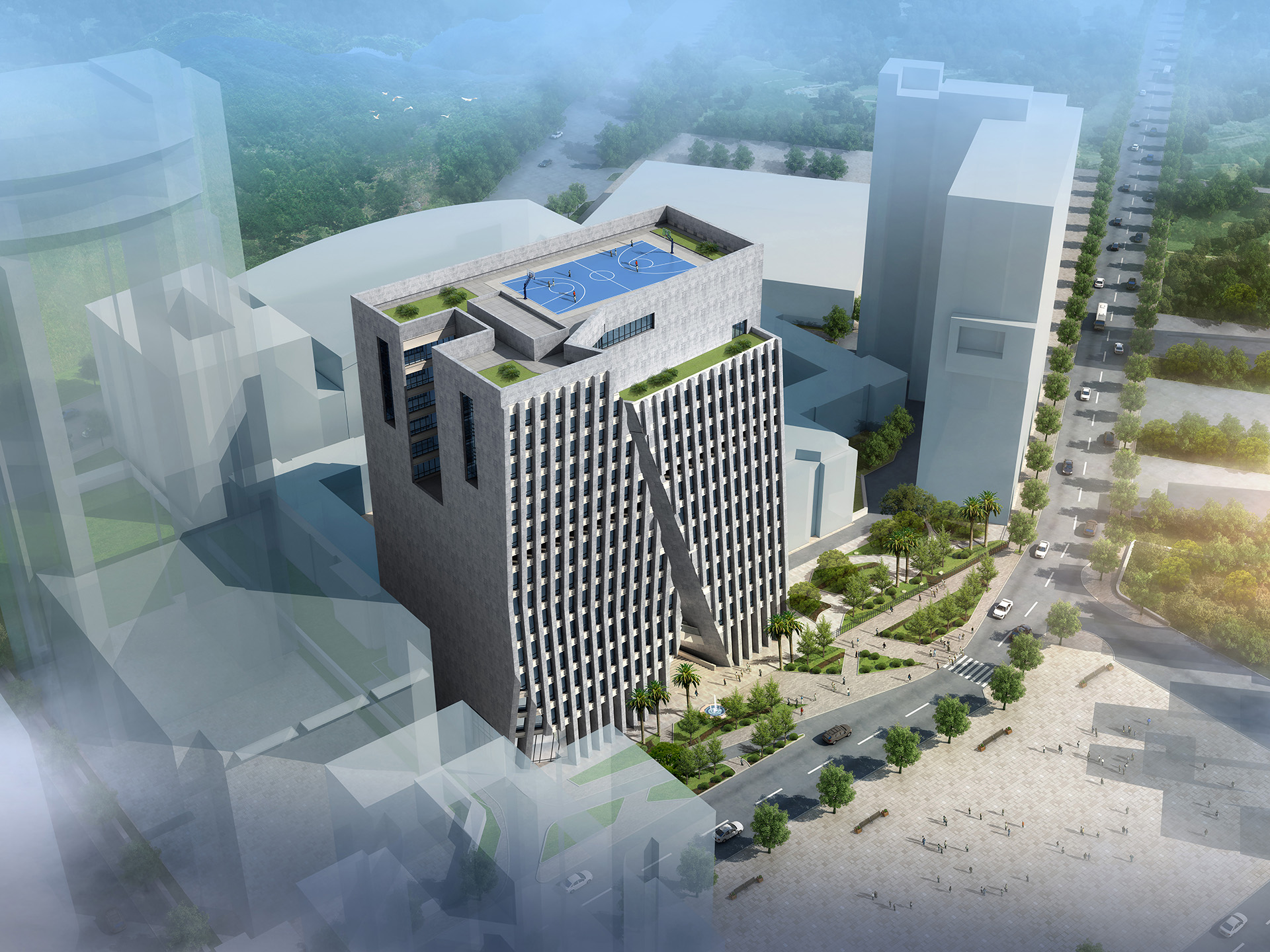
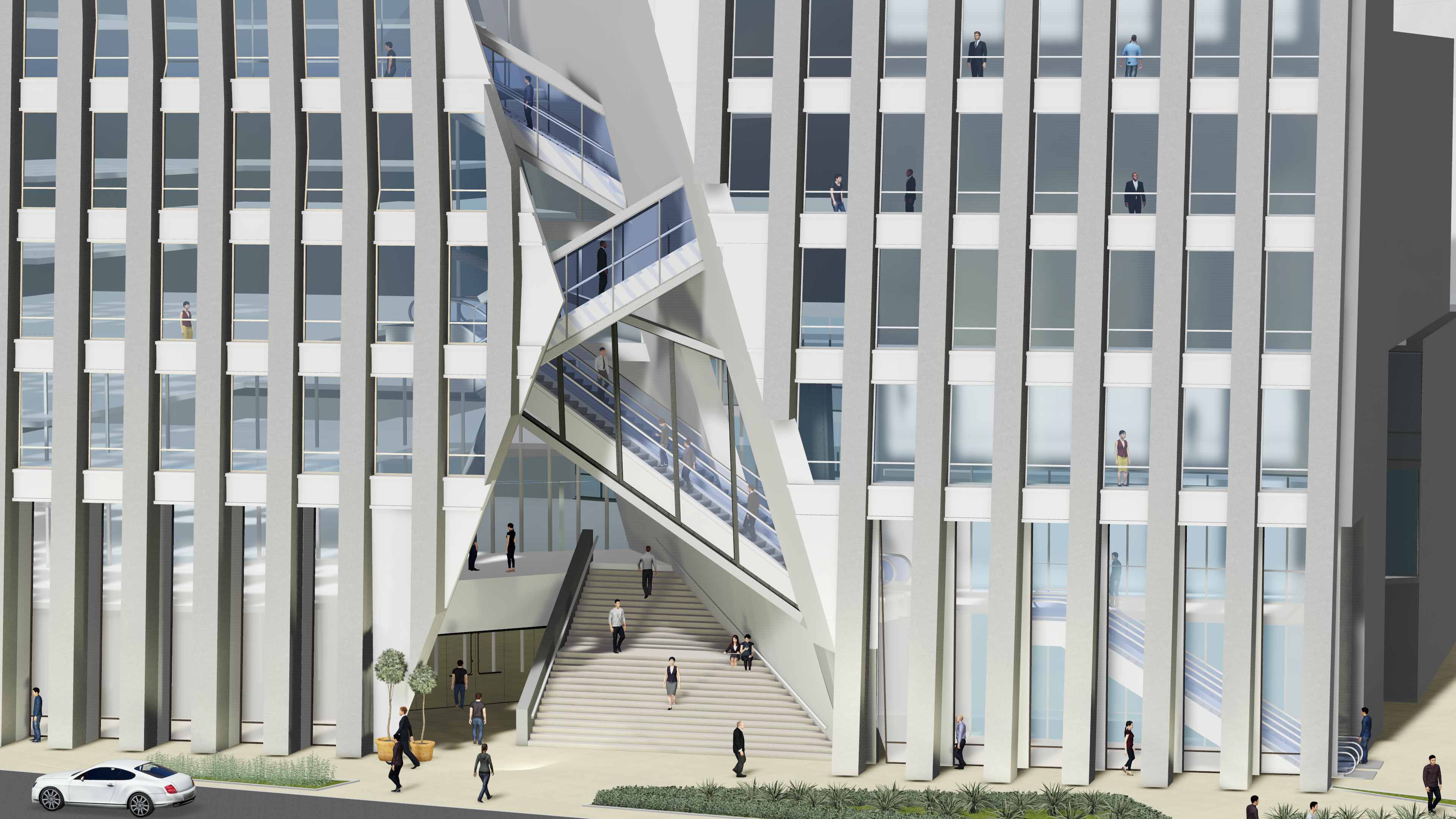
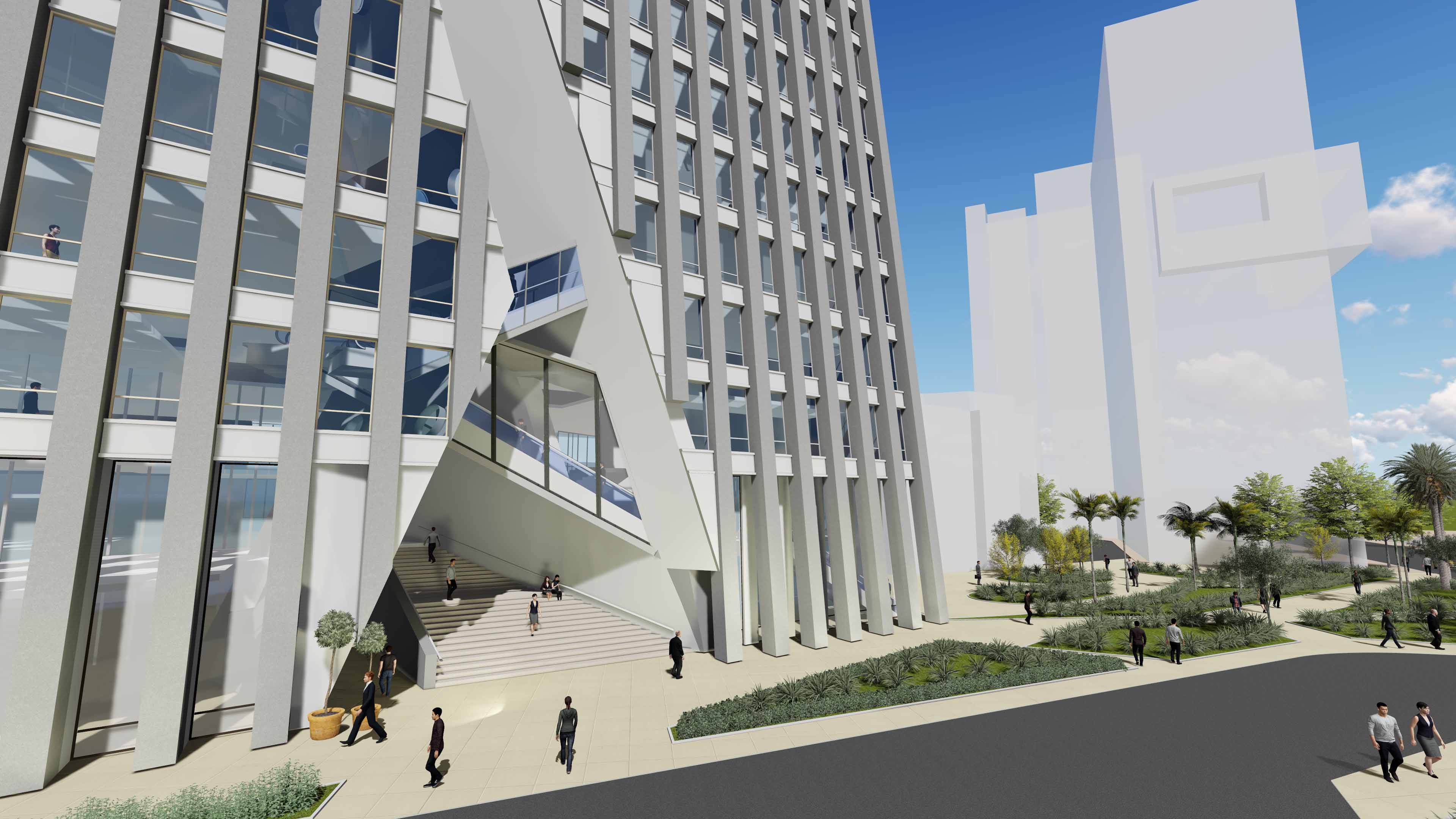
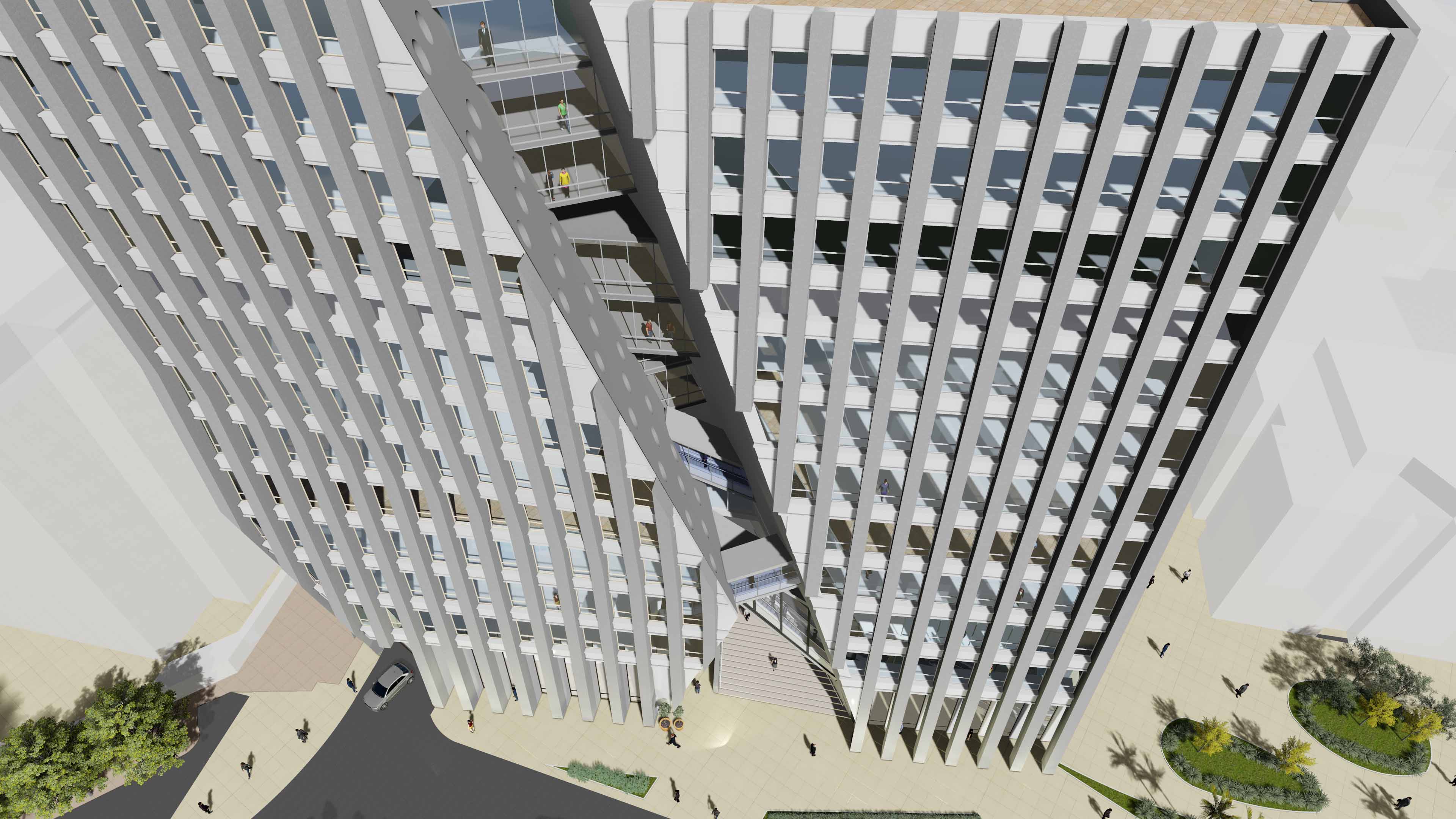
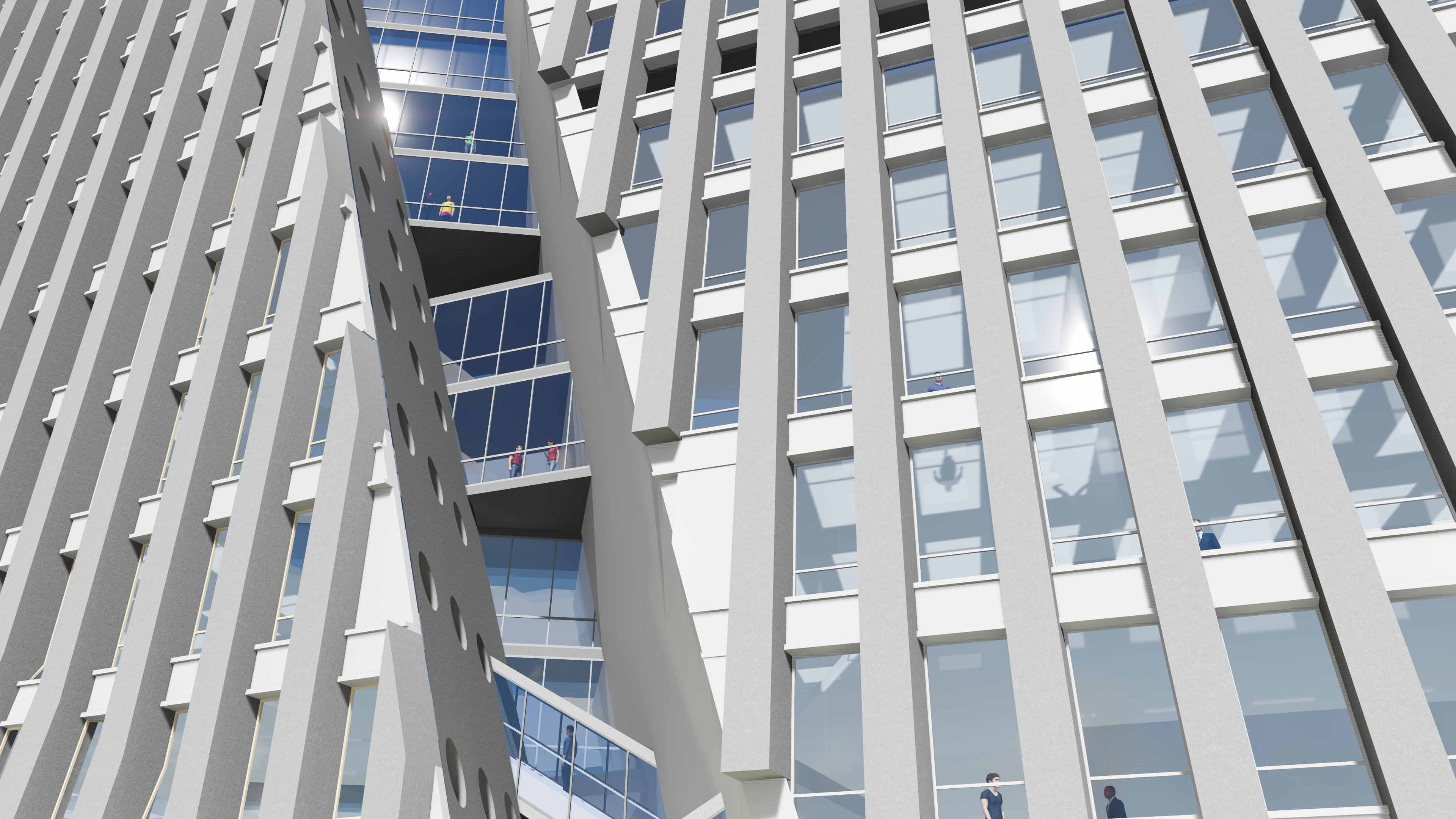
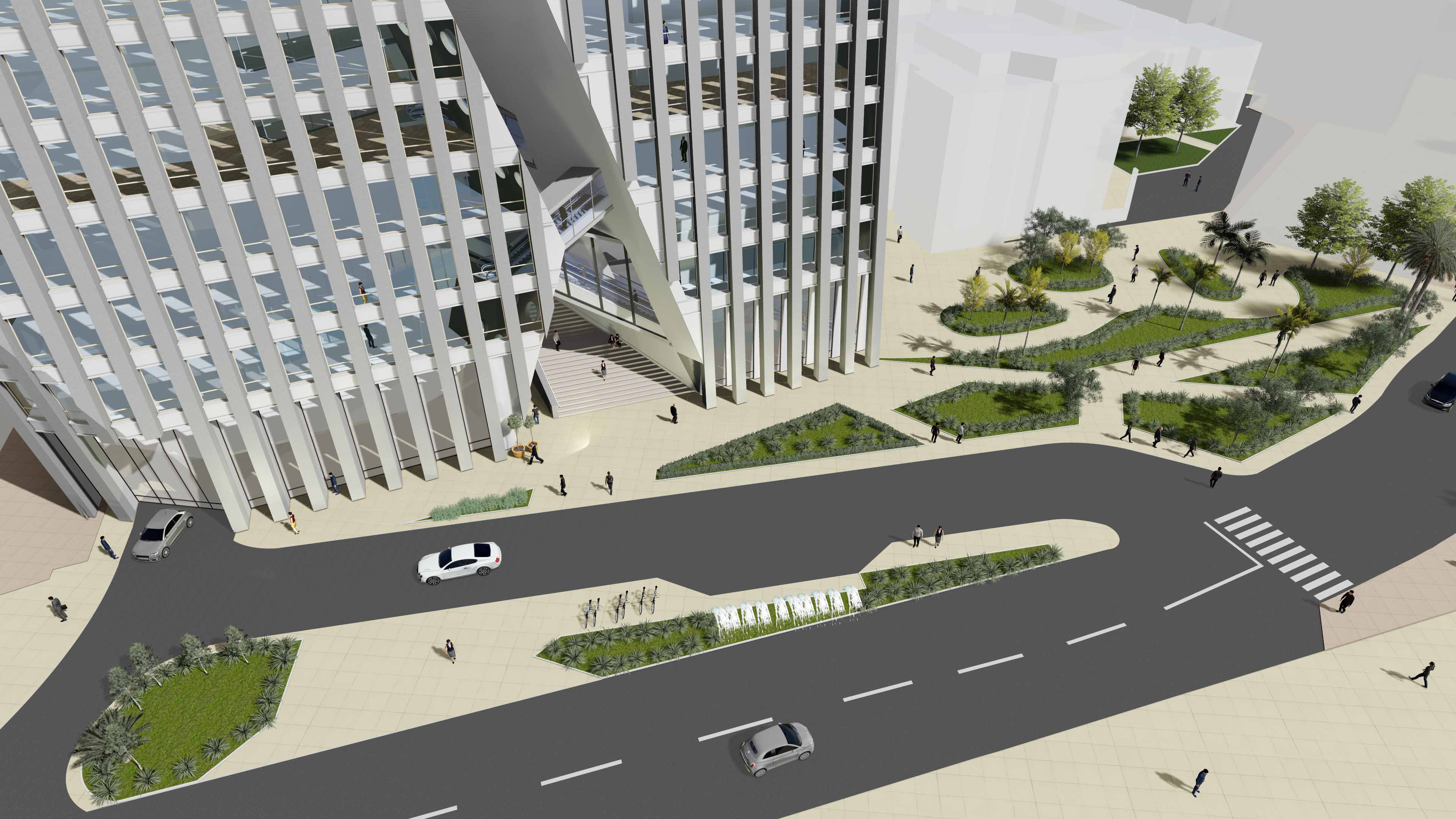


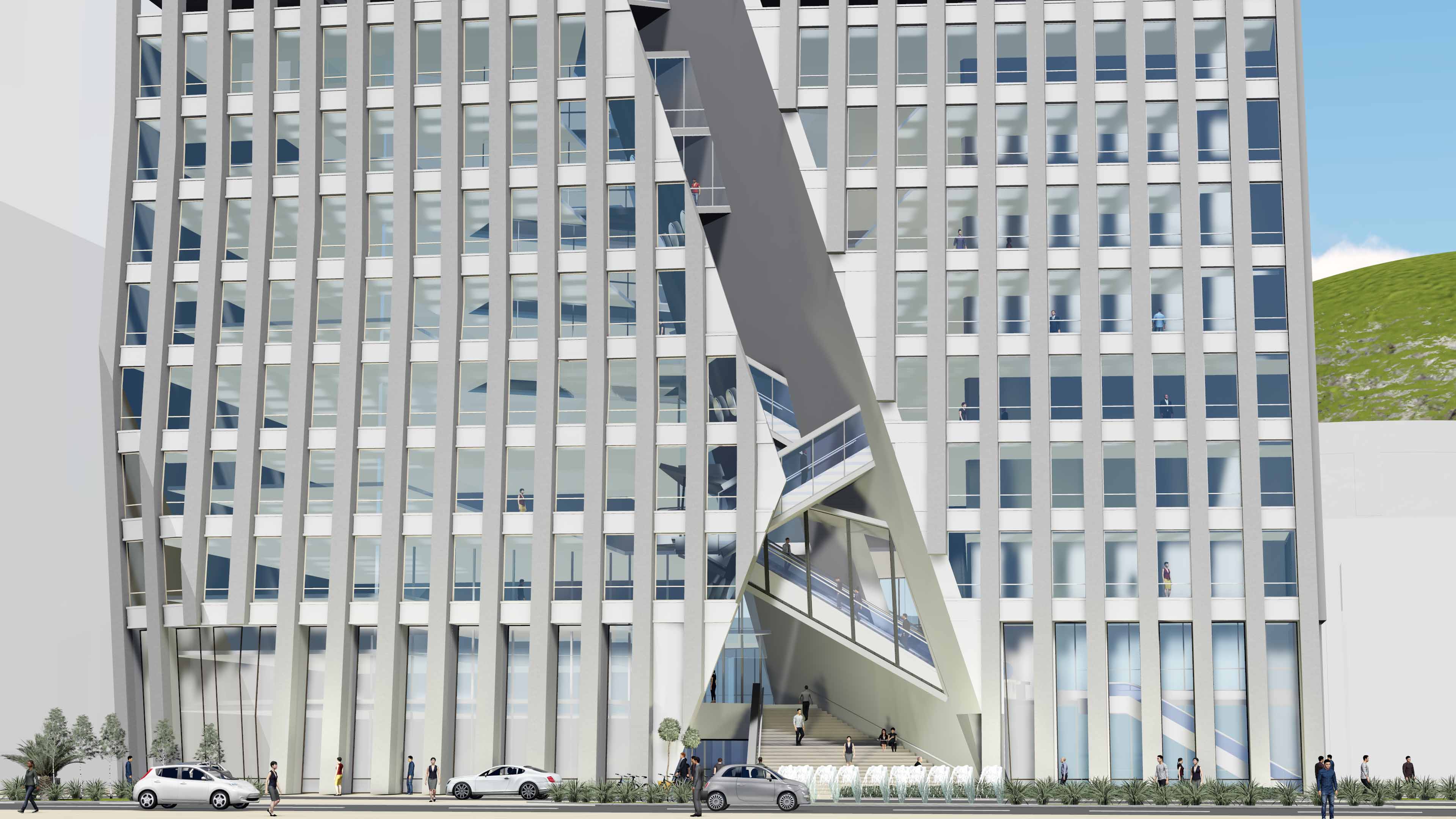
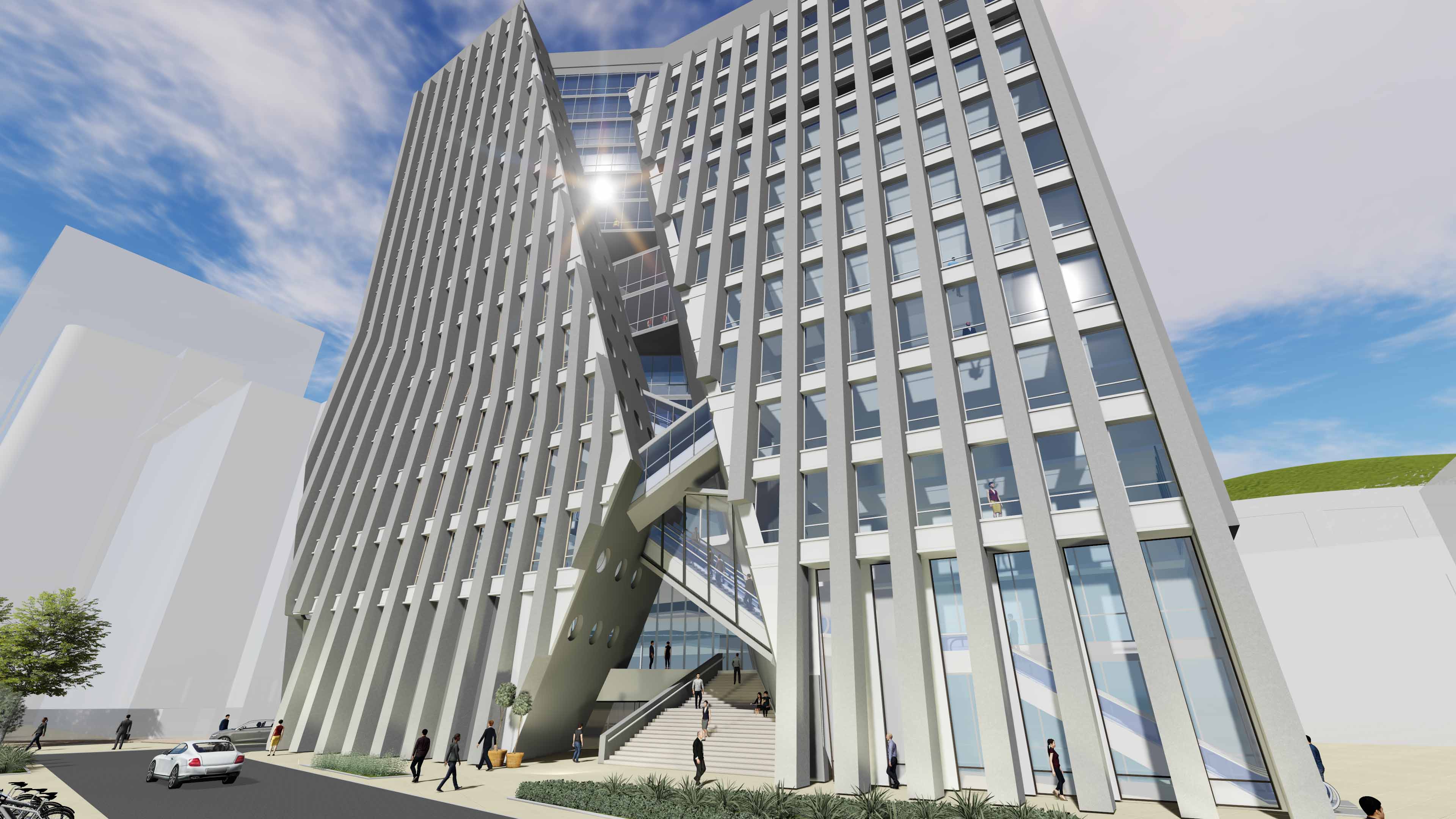

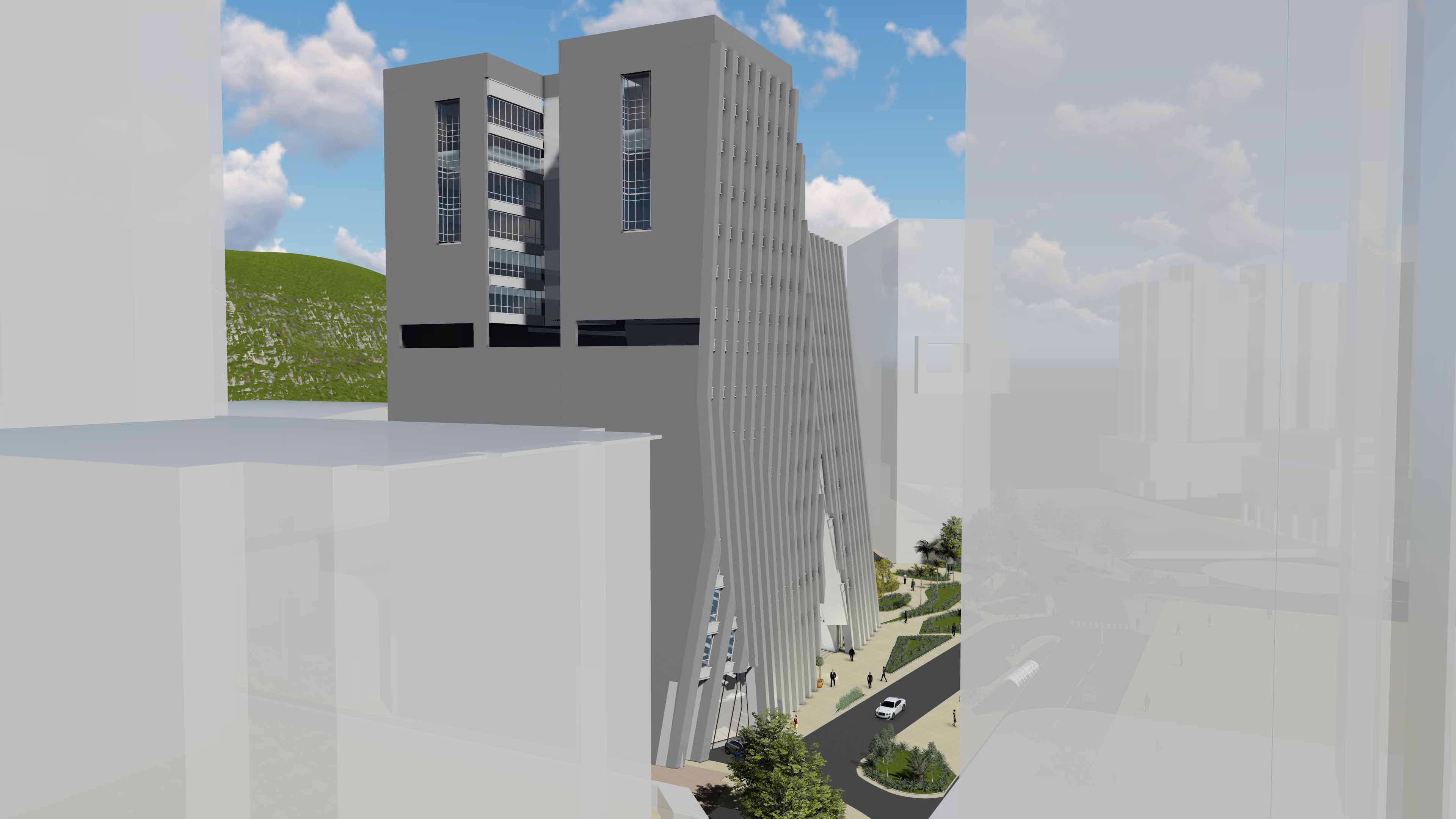
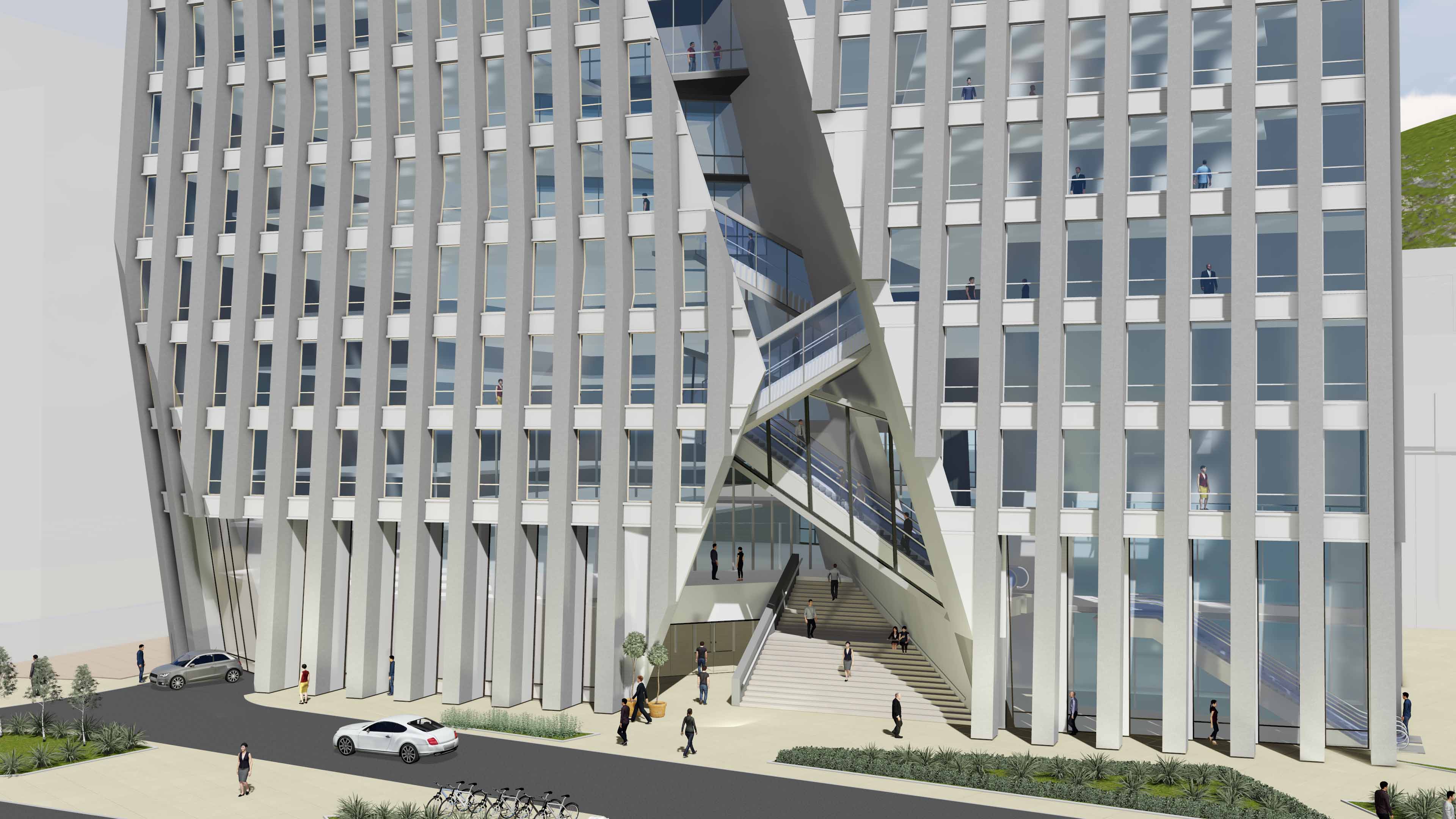
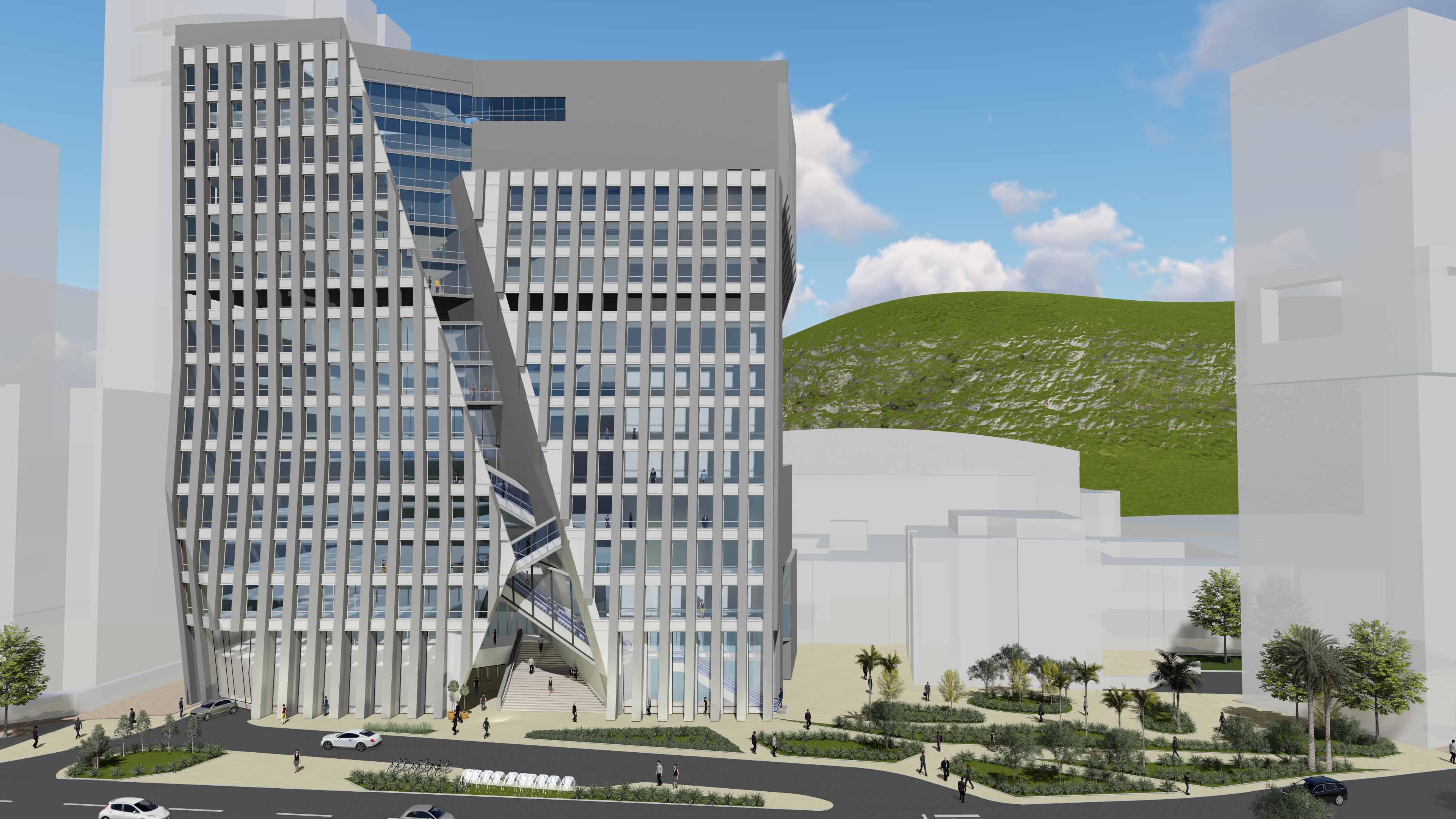
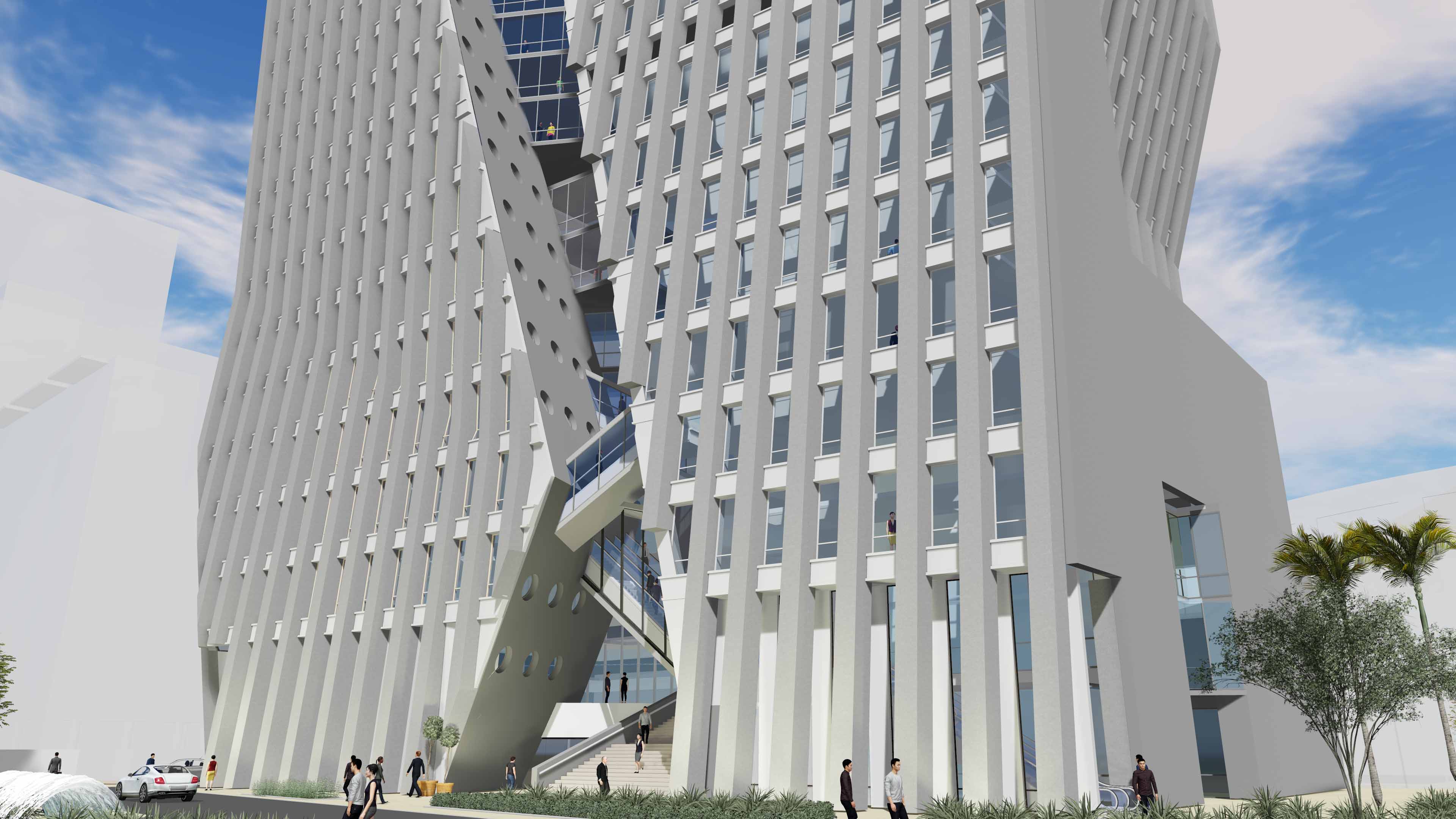
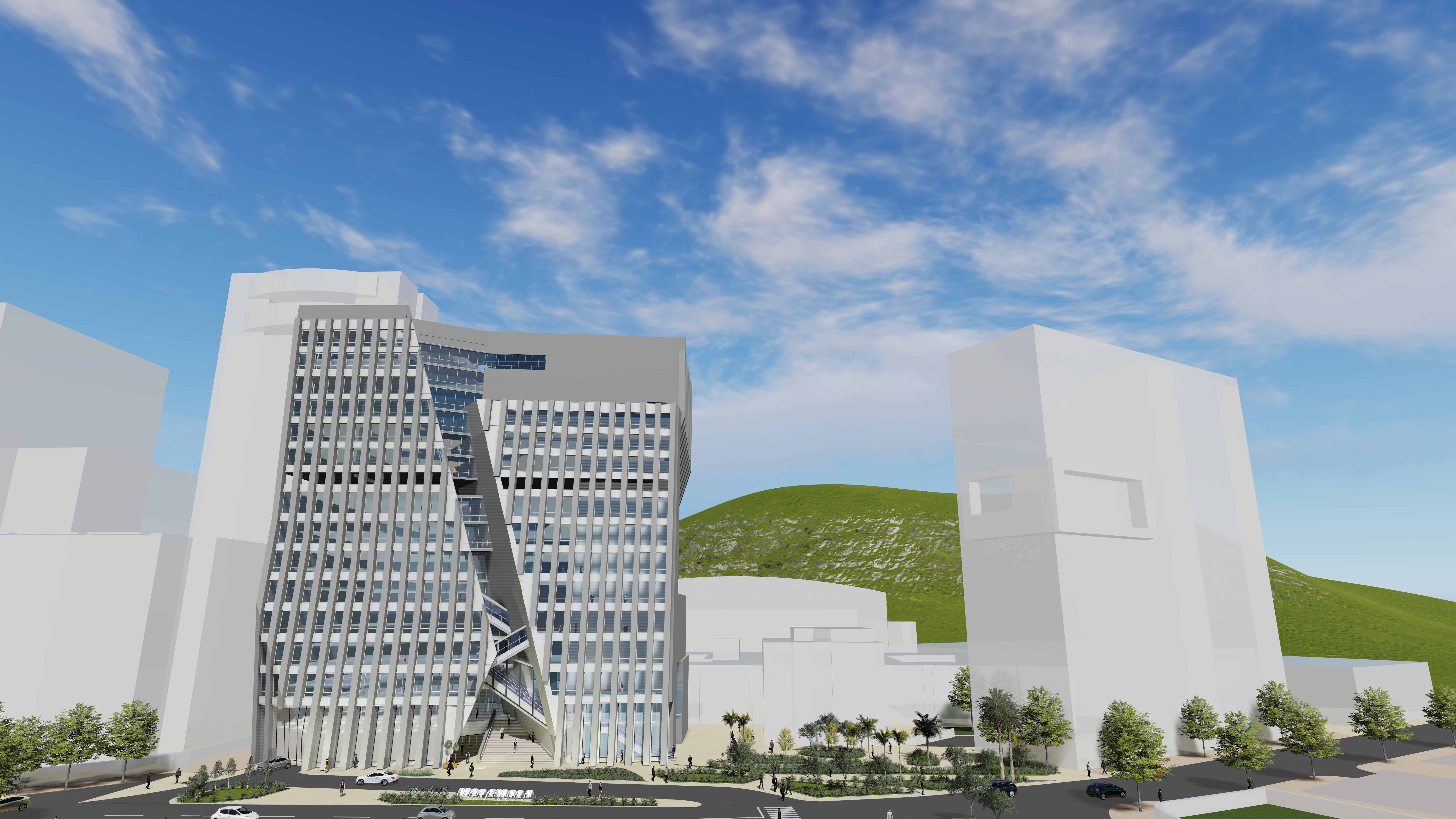
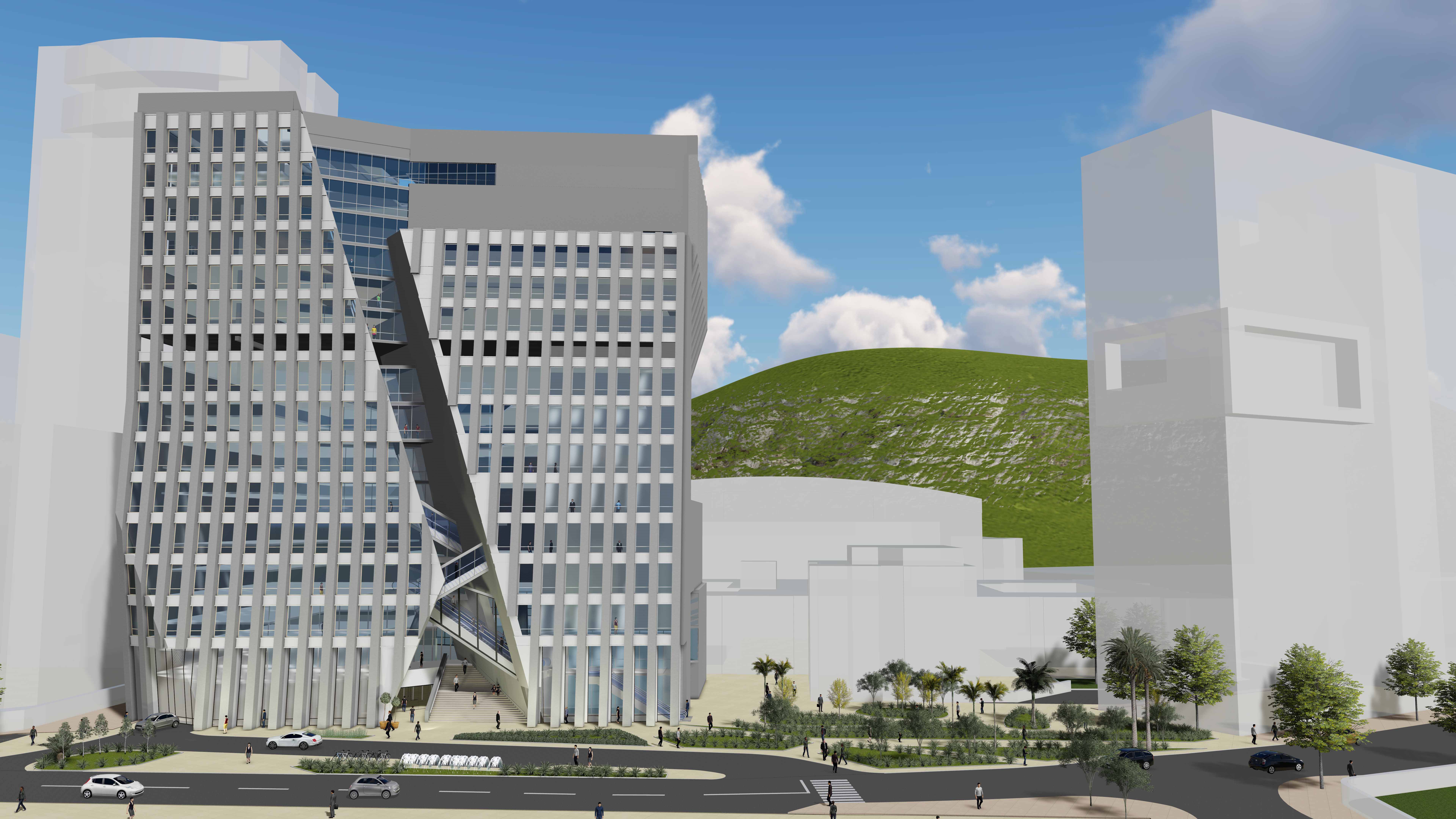
MACAO POLYTECHNIC INSTITUTE LIBRARY
MACAU, CHINA
MACAO POLYTECHNIC INSTITUTE
2016
Competition
School
RUI LEÃO, CARLOTTA BRUNI
RUI LEÃO, CARLOTTA BRUNI
The proposal to reorganize the campus of the Macao Polytechnic Institute through the new building of its library is an opportunity to rethink in an integrated way the concept of the Urban Campus. We believe that a good architectural solution has the potential to establish a transformative gesture in the dynamics of the campus and change the visibility and importance of the education system in Macao. Often, a good architectural project allows us to visualize a change of social paradigm and thus catapult a wider impact of this change.
With regard to the education system, something fundamental in the R.A.E.M. system, we believe that the motto and model should be given by higher education institutions.
Our proposal for the new Library building aims to give the IPM Campus, the new Library and the urban area where exactly this transformative impulse is inserted.
The lot of the new Library of IPM has a prominent position in front of Rua de Luís Gonzaga Gomes. This street has a variable profile, with usually large buildings. Some buildings in this alignment have pedestrian arcades on the ground level, and these galleries have greater continuity between buildings on the opposite side of the road.
The two buildings that flank the new Library have no arcades, and the building located to the west, the Meng Tak building of the IPM is used as an entry point on campus.
The tardoz side of the Campus borders the slope of the Guia hill.
The building of the new Library will have the same height as most of the urban blocks on this road. It is intended to establish the new building as a remarkable moment, turning the tower towards the southeast in order to make it more noticeable and elegant in the next.
Read More